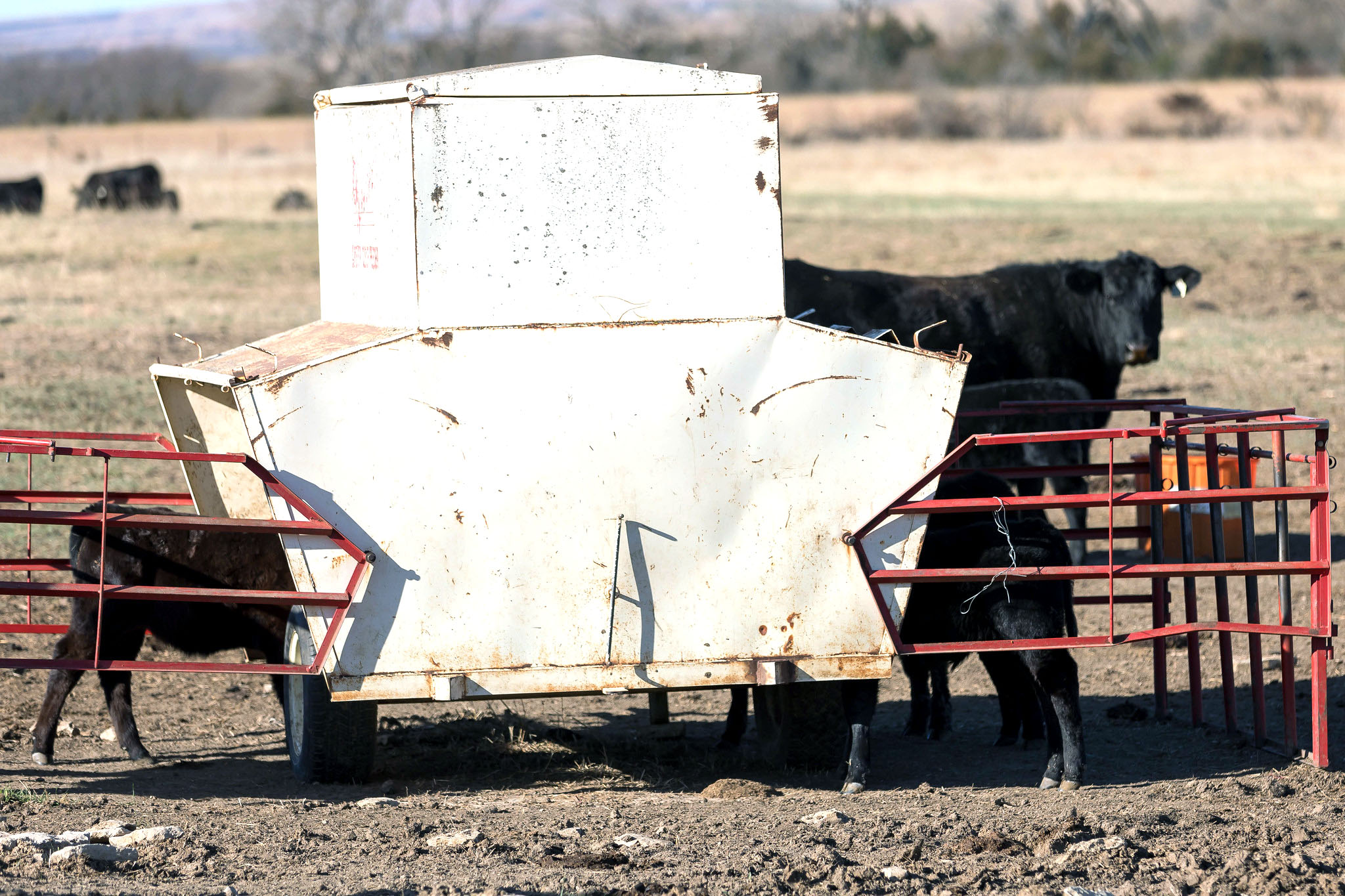K-State experts: Calves carrying too much body condition may have reduced lifetime milk output
Carrying too much body condition early in life can have negative impacts on heifers retained as replacements, according to the experts at the Kansas State University Beef Cattle Institute.
On a recent Cattle Chat podcast, the experts discussed how adding additional feed to the diet of calves still suckling their dams can be beneficial from a growth standpoint, but warned that those diets must be carefully monitored to keep the heifers from getting over-conditioned. This supplement feed is termed creep feed, which can be any feed supplement that is given to the calves that the dams cannot access.
Beef cattle nutritionist Phillip Lancaster said it is important to know the feed conversion.
“I recommend limiting the intake of the creep feed to 3 to 4 pounds of feed per head per day; if it gets higher than that, the feed conversion is poor and the profitability is worse because expensive feed is being substituted for a cheaper, forage-based feed source,” Lancaster said.
K-State agricultural economist Dustin Pendell advised producers to calculate the cost of supplemental feed as it relates to the rate of gain for the animal.
“Producers need to know the feed cost per pound of gain and the expected price of the weaned calf,” he said. “As long as the expected price is greater than or equal to the cost of the additional pound of feed, then it makes sense to creep feed.”
However, for heifer calves that will be retained as replacements K-State veterinarian Bob Larson said that while there are growth and nutrition benefits when producers choose to offer supplemental feed to heifer calves, the diet needs to be managed closely so that those heifer calves are not over-conditioned.
“Research has shown that heifer calves that haven’t reached puberty are fed a diet that causes them to deposit fat in the mammary gland, they may have decreased lifetime milk production,” said Larson.
K-State veterinarian Brad White said there is a nutritional plane that is optimum for growth.
“While it is important for heifer calves to grow bone and muscle, producers need to be cautious to make sure the females aren’t depositing fat in the mammary gland,” White said.
For heifers that are going to be retained in the herd, Larson does not recommend offering free-choice creep feed.
“It is best to allow them to grow on forage while they are suckling, wean them at the appropriate time and then hand deliver the nutrients they need to keep them in their optimum growth curve,” Larson said.




